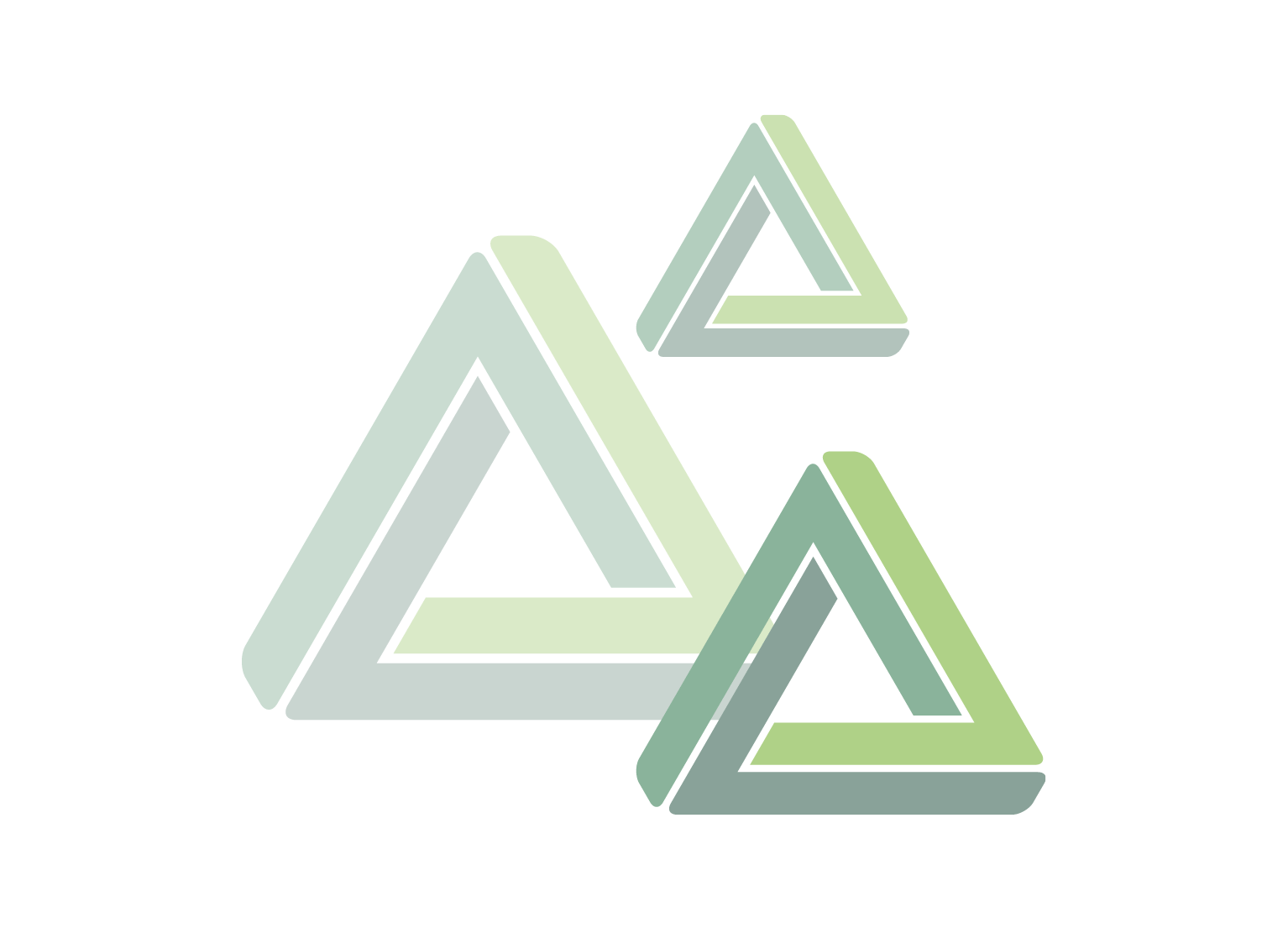Plasma Arc Microphones
In a previous post, I talked about how plasma can be used to build high-fidelity speakers. Plasma isn’t limited to only producing sound– it can also be used to record it. Being made up of physical particles, plasma can be affected by vibrations through the air. This means it is possible to build a plasma arc microphone using the proper circuit. This application is far less common than using a plasma arc for a speaker, but research has still been done on the subject.

